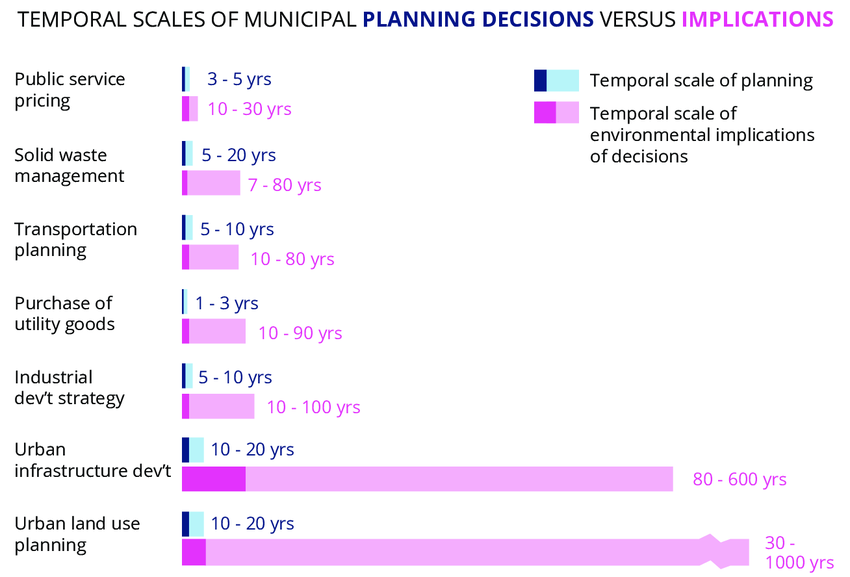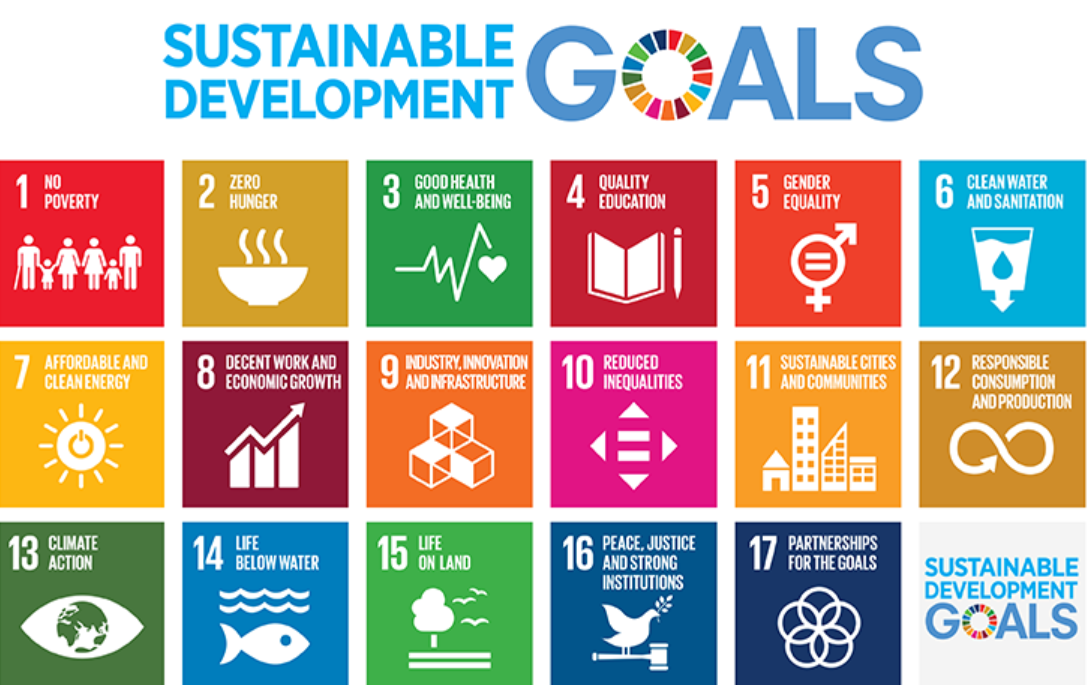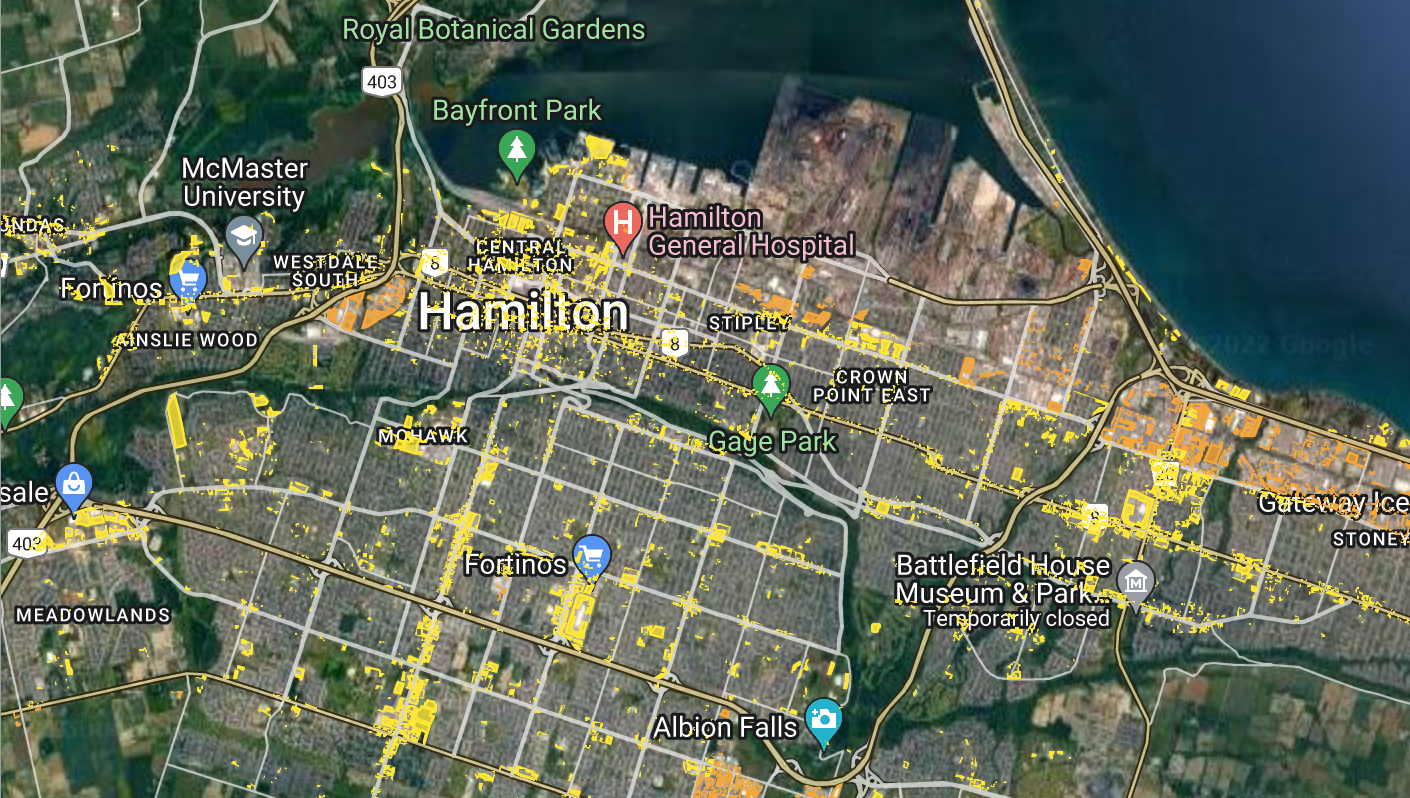Why Stop Sprawl?
Stopping unchecked suburban growth is first and foremost a solution to mitigating the effects of climate change. Urban land use decisions have the single most greatest impact on environment and greenhouse gas emissions. Sprawling suburbs necessitate car dependency as residents are forced to drive to jobs, shopping, and amenities. A density of 130 people and jobs per hectare is required for fast, frequent public transit to be viable and low density sprawl often amounts to between 20-25 people and jobs per hectare.
By implementing sustainable development in the City of Hamilton, several of the United Nations’ 17 sustainable development goals can be realized.
Reduction of poverty as local farmland and food sources are preserved and more attainable housing is built in denser urban areas near transit and jobs.
Clean water and sanitation as the wetlands that filter Hamilton’s water are restored rather than paved for sprawl.
Sustainable Cities and Communities as Hamilton’s budget is relieved of the crippling costs of upkeep, maintenance, and replacement of sprawl infrastructure for generations.
Climate Action as Hamilton reduces it’s dependence on the private automobile and prioritizes expansion of public transit.
Life on Land improves as biodiversity flourishes and local agriculture is protected as a result of firm urban boundaries
Map of Underutilized Space within the City of Hamilton’s Urban Boundary
The Whitebelt lands (3300 acres in white) contain prime agricultural land that, once developed, are gone forever.












